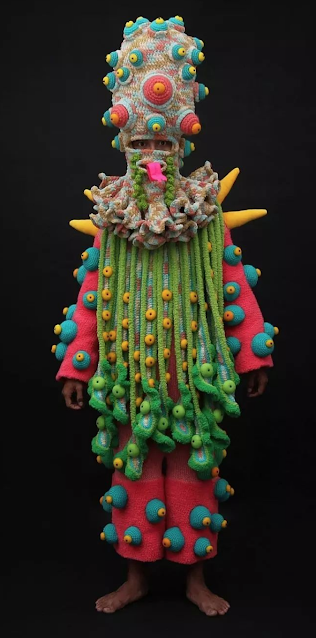Featured
- Get link
- X
- Other Apps
SAMI etchings
Fact or fiction, Magnus Gabriel de la Gardie, the Swedish Lord High Chancellor, took action in 1671, requesting that the Swedish College of Antiquities appoint a scholar to study the ways of the Sámi people, their territories, and to ascertain what role they had played in the Thirty Years’ War. The antiquarians decided the right man for the job was Johannes Schefferus, a professor of rhetoric and politics who had little prior knowledge about the Sámi, the indigenous peoples who inhabit Sápmi, a region of Fennoscandia that includes territories of modern-day Norway, Sweden, Finland, and Russia.
SAMI are sacred and ancient, Otis said, smiling. They are still here...
HOGWASH:
This drum is cosmological in scope according to Schefferus (who presumably numbered its figures), depicting, inter alia: the river Torne (2), God (5), the Sun (6), the Moon (7), Saint Matthew (13), England (32), Turkey (36), the cities of Finland (39), the cities of Germany (41), a countryman (53), a bailiff (58), a bear (64), “the most dangerous and malicious sorcerers” (79), “the young One of a Raindeer” (87), a cat (89), the devil’s ditch (100), “the first President of the Assembly of Magicians” (117), “the fourth President of the same Assembly” (120), the gallows (124), health (147), “a mortal Wound given by a magical Javelin” (149), and the condition of “not [being] allowed to Sacrifice to any God of the Mountains, neither to the Trunk of a Tree, nor to any Stone, because this Character implies, that it will be in vain, and unsuccessful” (150).
more: https://publicdomainreview.org/collection/etching-of-a-sami-drum/
Today, Sámi drums continue to disappear from museum collections.

easy, right? click on older posts
Contact Me


indeed!
a good thing...

Popular Posts
OTIS: Hazel's blog on Thread, Fashion and Costume: Mulyana
- Get link
- X
- Other Apps
Santa is a Monk or a Psychedelic Mushroom?
- Get link
- X
- Other Apps






Comments
Post a Comment
send me your idea!